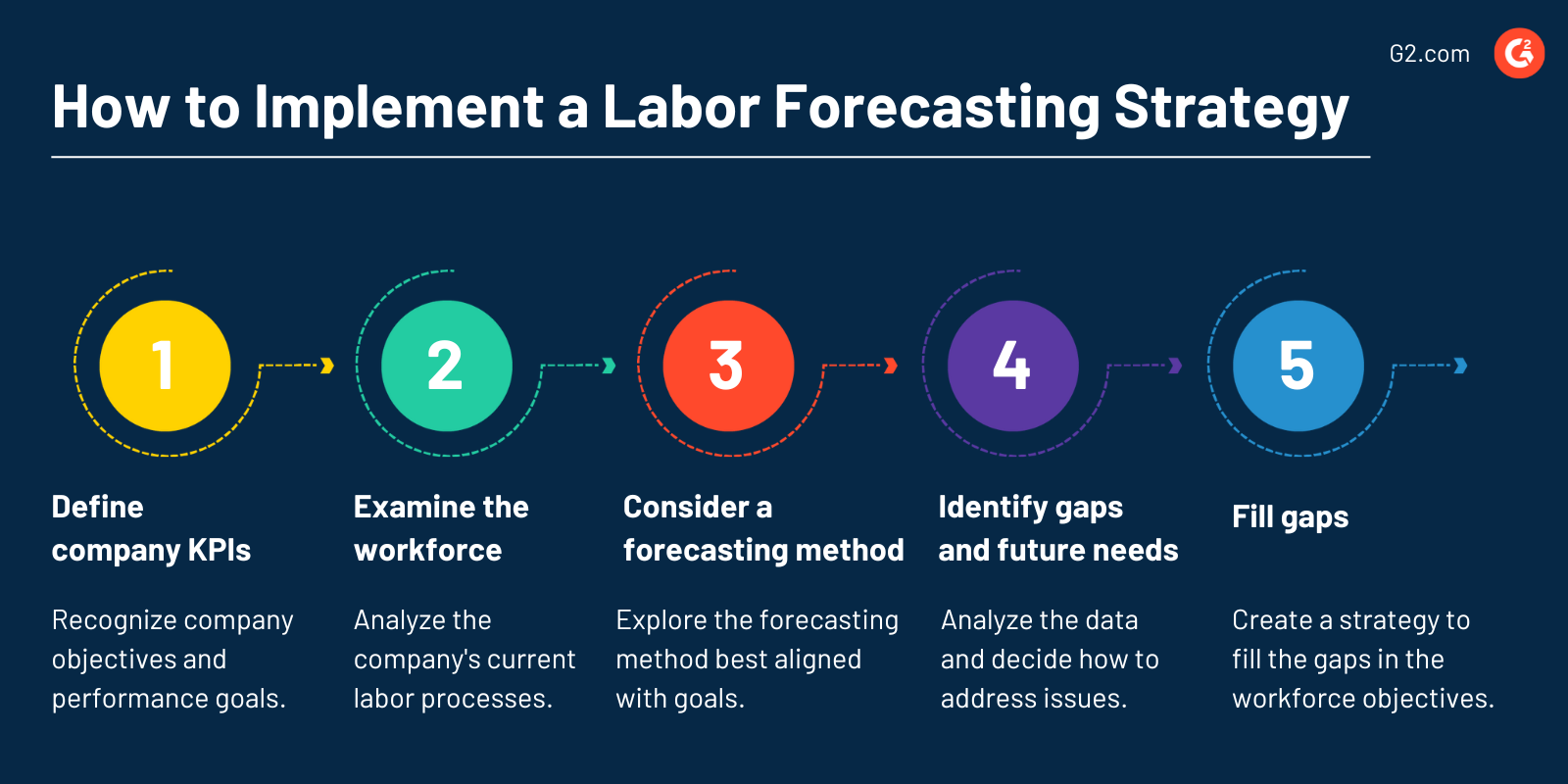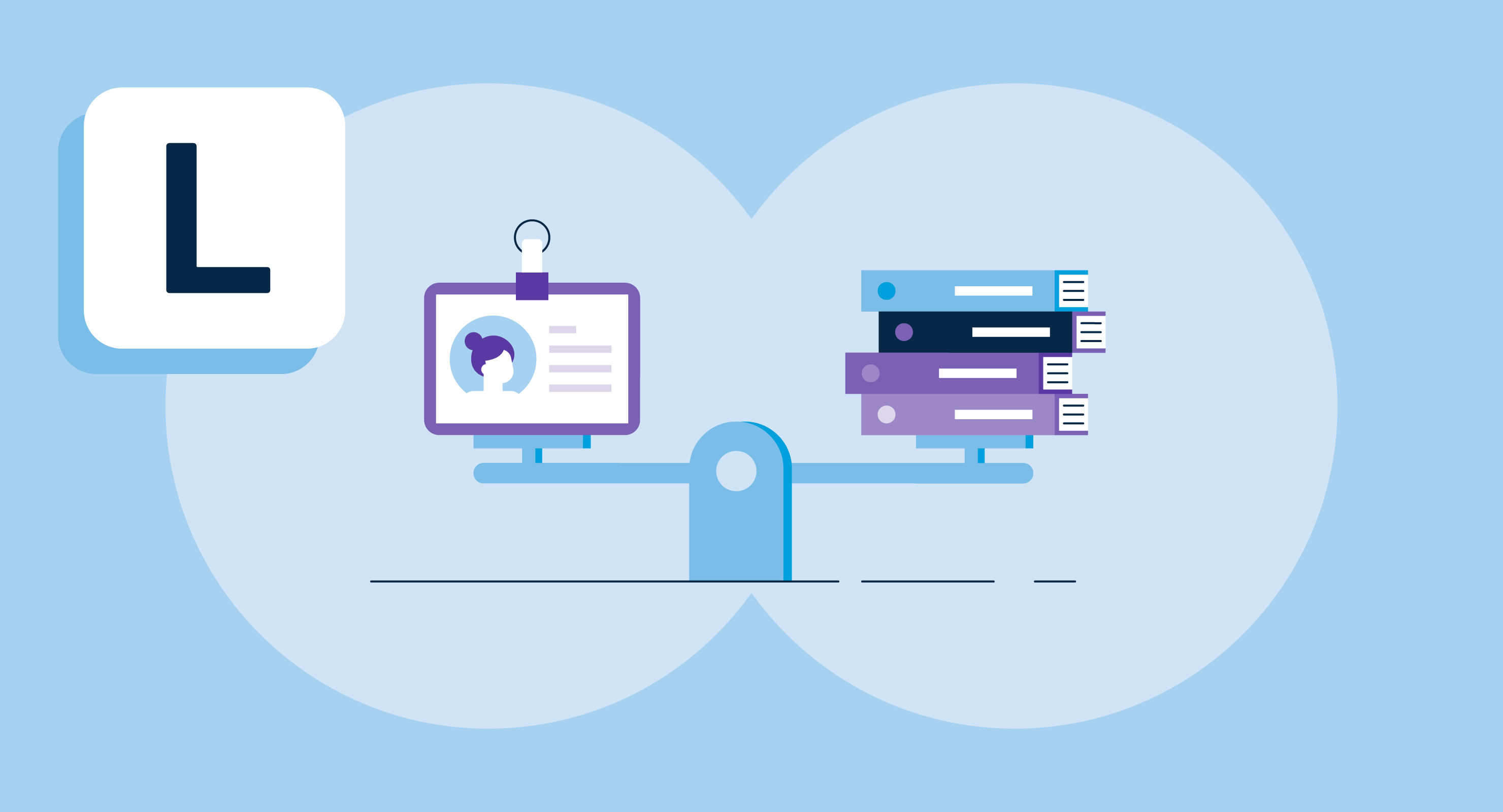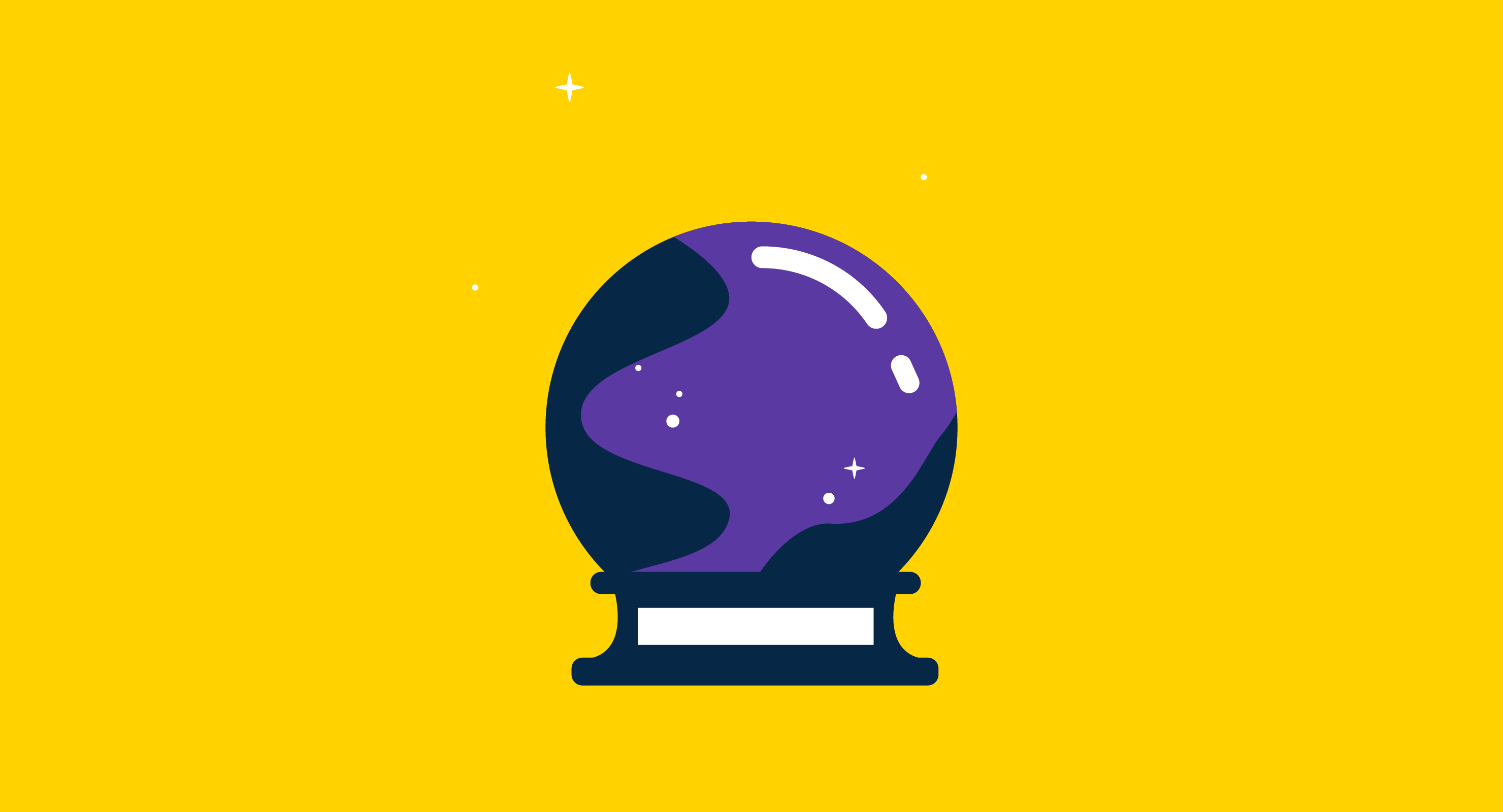What is labor forecasting?
Labor forecasting, or workforce forecasting, predicts future labor needs using applicable company and market data. This practice helps companies balance customer demands and employee satisfaction by avoiding overstaffing and understaffing and scheduling labor hours to meet these needs. Overstaffing creates unnecessary costs and a potentially hostile competitive environment amongst employees. Understaffing can leave the company workforce feeling stressed out and customers feeling dissatisfied with the service.
Some businesses use workforce management software to plan, manage, and track company personnel. Workforce management tools give companies the resources to predict future labor needs, plan employee schedules, monitor attendance, and track overall efficiency. These systems often integrate with other human resources software to provide a fully comprehensive view of every aspect of the workforce. Some solutions even offer capabilities for employees themselves to track their time progress and submit time off requests.
Labor forecasting methods
There are five labor forecasting approaches used to calculate expected demand and manage the company workforce accordingly. Each method is valid, but the best method for success may vary from company to company.
1. Historical analysis
Companies use the historical analysis labor forecasting method to analyze previous labor data to predict future needs. This method identifies trends to give companies insight into when employees are needed most. Historical analysis heavily relies on the proper collection of performance data. This includes customer behavior, traffic, employee retention, and more.
Reflection questions to ask when conducting a historical analysis:
- Is there a specific time of the year when business is booming?
- Is there a particular time of the year when business is slow?
- Are there any external factors that have affected the target market in the past?
Some companies utilize demand planning software to convert historical data into practical labor forecasting next steps. Demand planning tools help companies collect raw company data, conduct analyses using automation, use those findings to foresee labor needs, get a deeper understanding of future customer demand, and prepare for expected changes in advance.
2. Research
The research labor forecasting method entails extensive market research into common workforce trends in the industry. Looking to competitors can be a strong advantage when it comes to market research. Companies should consider their peers’ hiring methods and how they react to industry fluctuations and changes in demand.
Reflection questions to ask when conducting market research:
- What external factors affect the company’s industry?
- How are similar companies handling labor management?
- Are there any geographical elements that affect traffic?
3. Delphi
The Delphi labor forecasting method involves anonymous surveys about a company’s current workforce and foreseeable needs. These surveys are answered by company leadership and decision makers. These decision makers will help create a consensus on different elements of the workforce and influence labor forecasting judgments.
Reflection questions to ask when conducting Delphi method surveys:
- Are the current labor workforce processes effective?
- Will decision makers be more honest on an anonymous survey?
4. Advanced quantitative techniques
The advanced quantitative techniques labor forecasting method uses historical data to predict future trends. What makes it different from the historical analysis is the techniques used to convert and interpret that data.
- Regression analysis uses statistical equations to estimate how different variables affect elements of a company’s workforce. It can also identify trends in individual employee performance and hiring behavior.
- Linear programming helps companies figure out how to allocate existing labor resources effectively. It can also help determine what is missing in regards to current processes.
- Data mining takes vast sets of historical data and makes them more digestible using automation.
5. Managerial assessments
The managerial assessments labor forecasting method relies on company leadership’s understanding of labor capabilities and needs. This is all under the impression that these leaders have a more personal role in the company and can make more effective judgments. For this method, companies will use the opinions of the managerial teams to make decisions regarding what workforce processes are lacking and what future labor requirements will look like.
Benefits of labor forecasting
There are many benefits to preparing for future labor needs ahead of time. Forecasting labor demand gives companies the tools to preemptively avoid workforce issues and prepare for upcoming challenges and needs.
- Understand current capabilities by getting a comprehensive view on how labor processes are currently working and where they are not.
- Improve customer satisfaction by having a staff that is fully capable of offering optimal customer service.
- Create a positive work environment and prevent employee burnout by avoiding overstaffing or understaffing.
- Promote employee retention by creating a space where employees are working ethically and to their full potential.
- Make better hiring decisions by knowing exactly what is needed and optimizing the recruitment process.
How to implement a labor forecasting strategy
Each company’s labor forecasting process may look different. Creating a customized strategy relies on some significant reflection and decision making.

- Define company key performance indicators (KPIs). Recognize the KPIs and major objectives of the company in general, as well as employee performance goals.
- Examine the current workforce. Analyze the company’s current labor processes. This includes collecting data on different demographics, a balance of full-time and part-time employees, and how they are fulfilling expectations. Companies should also monitor any apparent issues.
- Consider a forecasting method. Explore the different forecasting methods and consider which is the most aligned with prediction goals and current capabilities.
- Identify gaps. Analyze the labor forecast data and compare it to the way things are currently handled. Recognize gaps in the way things are and what will be needed in the future.
- Determine future needs. Decide what will be needed in the future to address existing issues.
- Fill gaps. Create a strategy with the next steps for filling any gaps in the workforce objectives. This may include a plan for recruitment and/or reduction.

Alexandra Vazquez
Alexandra Vazquez is a Senior Content Marketing Specialist at G2. She received her Business Administration degree from Florida International University and is a published playwright. Alexandra's expertise lies in writing for the Supply Chain and Commerce personas, with articles focusing on topics such as demand planning, inventory management, consumer behavior, and business forecasting. In her spare time, she enjoys collecting board games, playing karaoke, and watching trashy reality TV.









